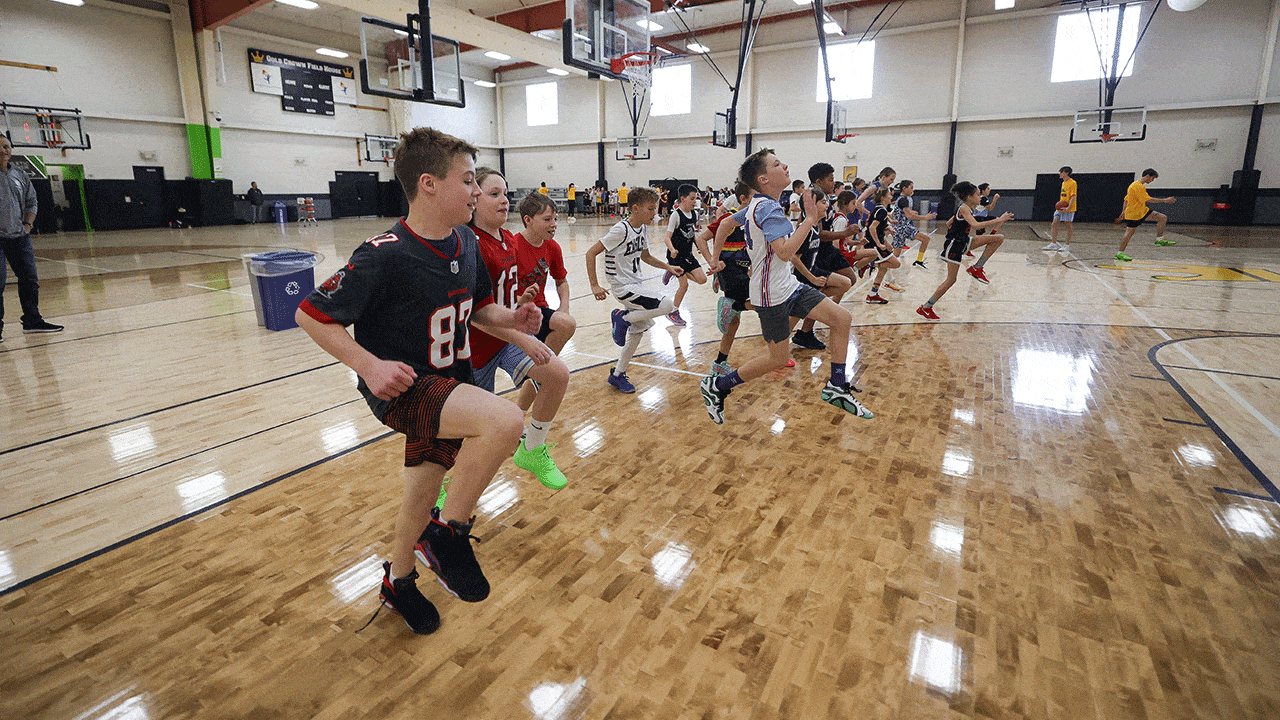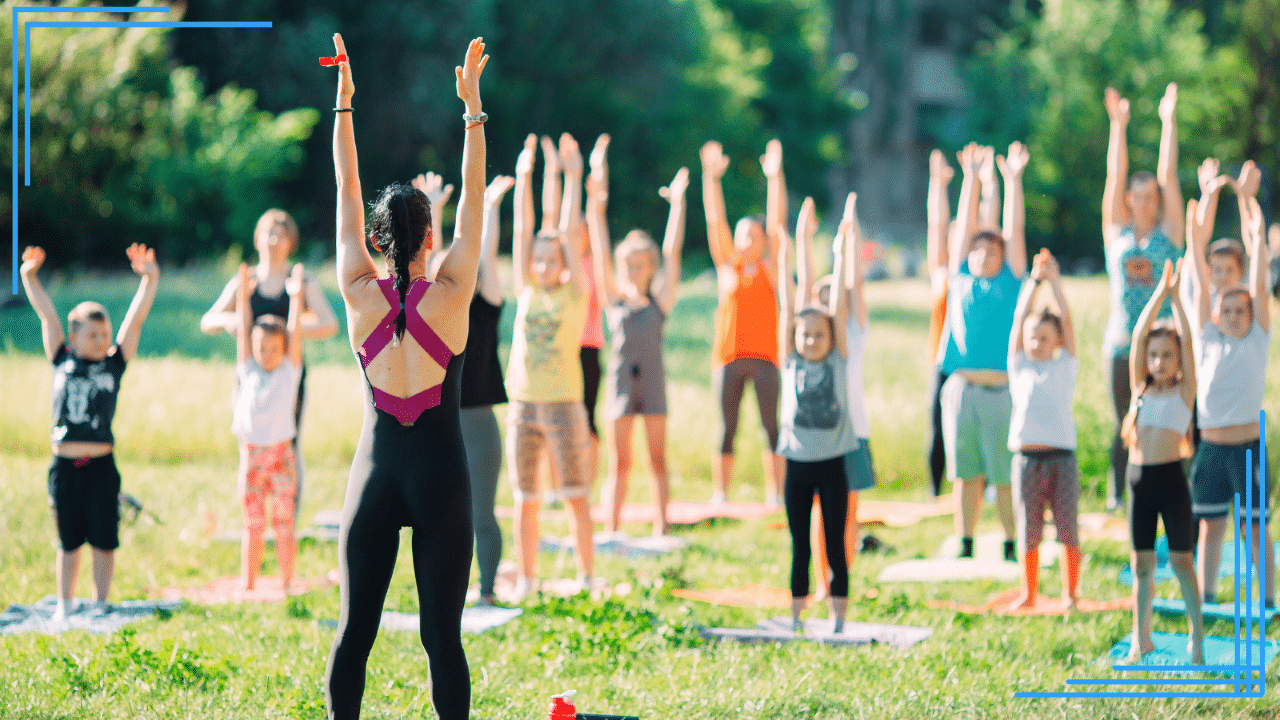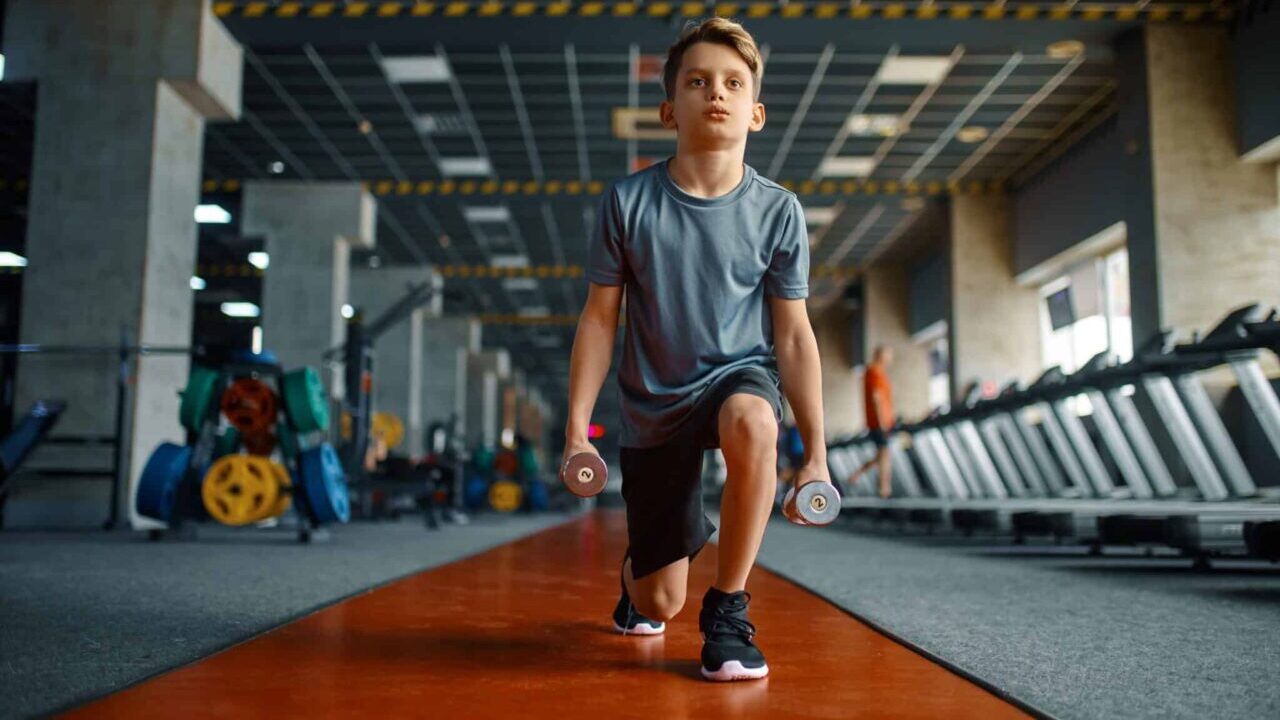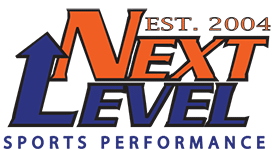Guest Blog with Next Level Sports Performance: A Year-Round Guide to Smarter Development
Authored by Robert Hulstrom BS, CSCS, USAW Level 1
For young athletes, training hard isn’t the only goal; training smart is what truly builds long-term success.
Youth sports today are more competitive than ever, and with early specialization becoming common, athletes often push year-round without structured rest or development periods. That’s where periodization, a systematic, season-based approach to training, becomes essential.
Periodization breaks the training year into specific phases, each with its own focus. The goal is to help athletes build strength, improve performance, prevent injuries, and stay mentally fresh throughout the year. This approach not only optimizes athletic growth but also supports healthy physical and psychological development during crucial years of maturation.
Here’s how it works and how parents, coaches, and athletes can apply it to their training.
1. Off-Season: Build the Foundation
The off-season is often misunderstood. Some athletes think it’s time to relax completely; others think they need to grind nonstop. In reality, this phase (typically 8–12 weeks) is all about rebuilding and developing the foundational qualities that support performance later in the year.
During the off-season, athletes focus on:
- Strength and hypertrophy — building muscle that protects joints and improves power potential.
- Movement efficiency — improving mobility, coordination, and body control.
- Aerobic base conditioning — enhancing recovery capacity and endurance.
- Addressing weaknesses — such as asymmetries, stability issues, or limited flexibility.
At this stage, the emphasis is general, not sport specific. A soccer player might work on sprint mechanics and strength training instead of constant ball drills; a basketball player might focus on hip mobility and landing mechanics.
Research consistently shows that structured off-season strength training builds the foundation for both injury prevention and long-term athleticism (Lloyd & Oliver, 2012; Faigenbaum et al., 2009).
“Think of this phase as building the engine — not just tuning it.”
Coaching Tip:
Keep training frequency at 3–4 days per week, balancing resistance training, skill work, and active recovery. Make movement quality the top priority. This is also an ideal time to teach proper lifting techniques and develop consistency.

2. Pre-Season: Transition to Performance
As competition season approaches, the pre-season (4–8 weeks) bridges the gap between foundational training and peak performance. This is where the athlete takes all that raw strength and turns it into sport-specific power, speed, and agility.
Training volume gradually decreases, but intensity rises. Exercises shift from general strength to power-based movements, such as plyometrics, medicine ball throws, and Olympic lift variations. Conditioning becomes more specific to the demands of the sport — short bursts for soccer or basketball, repeated sprints for football, or endurance intervals for cross-country.
📚 Studies show that pre-season programs emphasizing power and neuromuscular control improve sprinting ability, change-of-direction speed, and reduce injury risk (Behm et al., 2008; Myer et al., 2005).
Training Focus:
- Explosive movements (jumps, bounds, throws)
- Reactive and agility drills with sport context
- Short, high-intensity conditioning
- Tactical and skill integration under fatigue
“This is where athletes start turning horsepower into race speed.”
Coaching Tip:
Introduce “contrast training” — pairing a strength movement (like a squat) with a fast movement (like a jump). It enhances the stretch-shortening cycle and builds true sport power.
3. In-Season: Maintain & Compete
When the season begins, training shouldn’t stop, it should adapt. The in-season phase focuses on maintenance: keeping strength, power, and mobility while balancing practice, games, and recovery.
Too often, athletes stop lifting during the season, leading to loss of strength, slower performance, and higher injury risk. Instead, reduce training to 1–2 short, efficient sessions per week focused on quality over quantity.
📚 Research supports the importance of maintaining in-season strength training to preserve performance and minimize overuse injuries (McGuigan et al., 2012; Lloyd et al., 2013).
Training Focus:
- Maintain strength and power with low-volume, high-intensity sessions
- Prioritize mobility, core stability, and recovery
- Manage total workload (practice + games + lifts)
- Adjust training around competition schedule
Coaching Tip:
Use the “minimum effective dose.” Two quality lifts per week are enough to maintain gains. Avoid training to exhaustion — instead, focus on activation, explosiveness, and recovery. Communication between coaches, parents, and trainers is critical to balance workloads.
“Consistency beats intensity — especially in-season.”

4. Post-Season: Recover & Reset
After the final game, it’s tempting to jump right back into training. But the post-season (2–4 weeks) is the most overlooked yet most necessary phase for youth athletes. It’s time to recover, reflect, and reset both physically and mentally.
This doesn’t mean sitting on the couch for a month; it means engaging in active recovery such as low-intensity activities like swimming, biking, or yoga, paired with mobility work and light strength maintenance.
📚 Post-season recovery allows tissues to heal, reduces overtraining risk, and helps athletes regain motivation for the next cycle (Kraemer & Ratamess, 2004).
Training Focus:
- Low-intensity movement and stretching
- Addressing lingering injuries or tightness
- Reflecting on goals and progress
- Gradual transition back to foundational training
“Rest is part of training — not a break from it.”
Coaching Tip:
Have athletes write down what went well, what needs improvement, and what goals they want to set for the next year. This reflection promotes accountability and motivation for the next training cycle.
Bringing It All Together
Each training phase builds upon the last: build → peak → maintain → recover. This forms a continuous loop of progress and adaptation. When youth athletes follow this structure, they don’t just prepare for the next season; they build habits for a lifetime of athletic health and performance.
The benefits of year-round periodized training include:
- Reduced injury risk
- Improved consistency and motivation
- Balanced physical and mental development
- Long-term athletic potential
For parents and coaches, the goal isn’t to push kids harder, it’s to guide them smarter. Teaching athletes how to train with intention, respect recovery, and trust the process creates resilient, confident, and capable competitors both on and off the field.
References
- Behm, D.G., et al. (2008). Neuromuscular adaptations and power development. Sports Medicine.
- Faigenbaum, A.D., et al. (2009). Youth resistance training: Updated position statement. J Strength Cond Res.
- Kraemer, W.J., & Ratamess, N.A. (2004). Fundamentals of resistance training: Progression and exercise prescription. Med Sci Sports Exerc.
- Lloyd, R.S., & Oliver, J.L. (2012). The youth physical development model. Strength & Conditioning Journal.
- McGuigan, M.R., et al. (2012). Maintenance of strength and power in-season. J Strength Cond Res.
- Myer, G.D., et al. (2005). Neuromuscular training improves performance and reduces injury risk. Am J Sports Med.

